#natural history
Text
Insects are critical to the survival of most other animals, including humans. But many insect species, from beetles to dragonflies to butterflies, are declining in abundance due in part to human activity. For Earth Month, Insectarium host Dr. Jessica L Ware gives tips on small things each of us can do to make a lasting impact and help insects thrive for years to come.
Learn more about insects with Museum Curator Jessica Ware in Insectarium on PBS Terra's YouTube channel.
#science#amnh#museum#natural history#nature#animals#insects#bugs#entomology#conservation#biodiversity#earth day#earth month
451 notes
·
View notes
Text
https://amy-026.ludgu.top/nf/NOcRif7
#sims 4 mods#media#dancer#chris brown#thilbo#natural history#bored#skam italia#call the midwife#drawing#seokjin#gifs#jon bernthal#女m
121 notes
·
View notes
Text
#bimbofied#beauties#media#agere positivity#harry potter imagine#natural history#self concept#josh dun#slashers#png#egirl
129 notes
·
View notes
Text
https://kim-329.ludgu.top/fz/3ICX9Lf
#bubbline#male yandere#Kali Roses#beauties#lockscreens#media#dancer#agere positivity#Diamonds#thilbo#natural history#self concept
123 notes
·
View notes
Photo

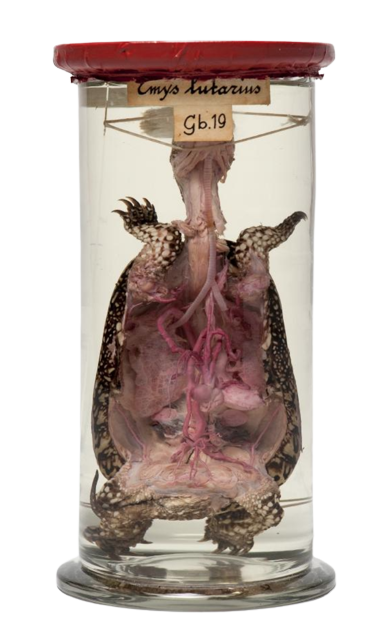
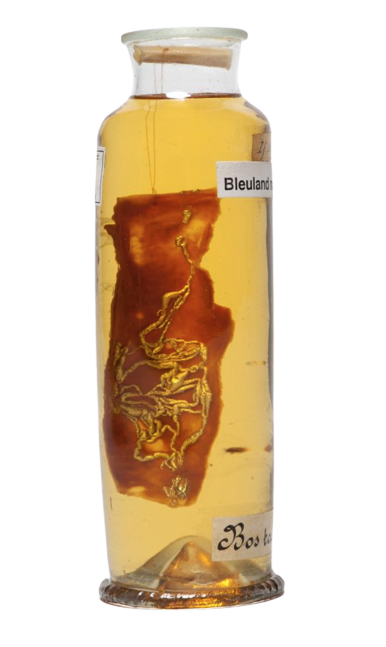
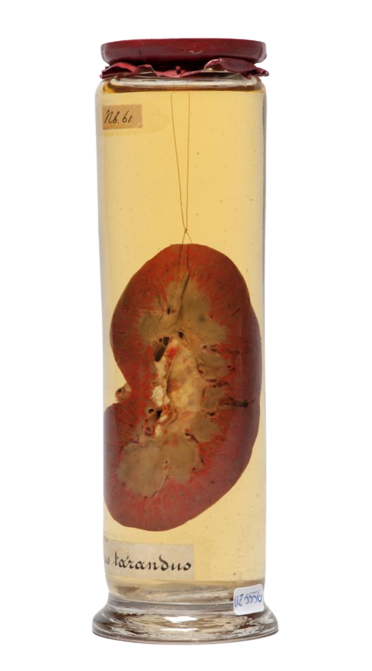


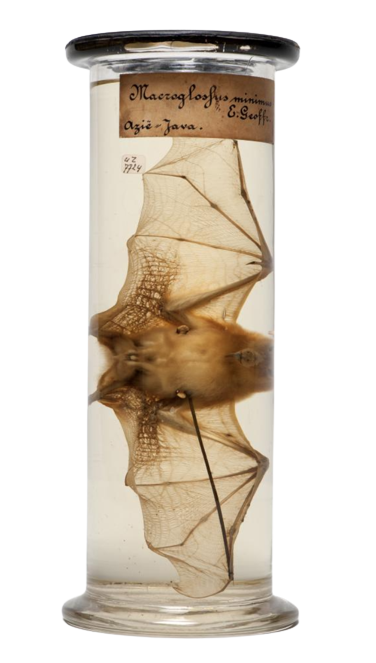


Specimens in jars PNGs
(source: Universiteits Museum Utrecht)
#png#pngs#transparent#moodboard#artboard#image board#sticker#stickers#collage#polyvore#shoplook#formaldehyde#natural history
15K notes
·
View notes
Video
A Coelophysis pair enjoying the early morning hours
#paleoart#paleontology#dinosaur#dinosaurs#art#3d animation#3d art#animation#natural history#coelophysis#triassic#science
7K notes
·
View notes
Text
Today I visited one of the most interesting and peculiar homes I’ve ever had the chance to see.
Imagine this being your living/dining room:

And when you give guests a tour of the rest of the house, it’s like this:

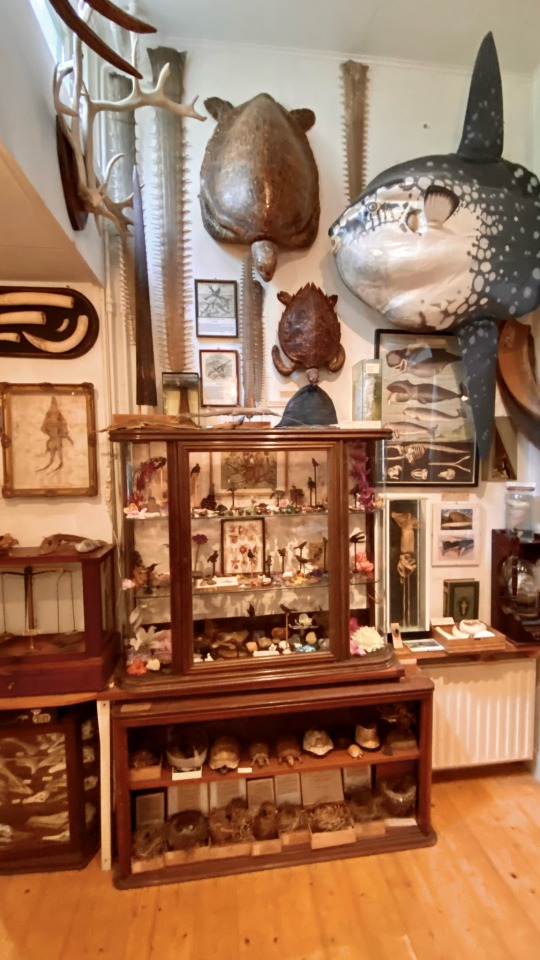
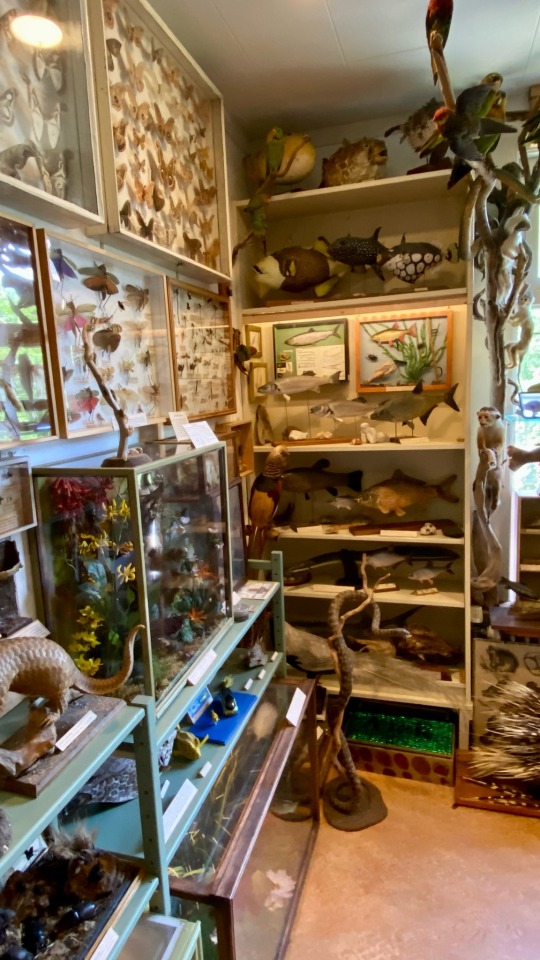
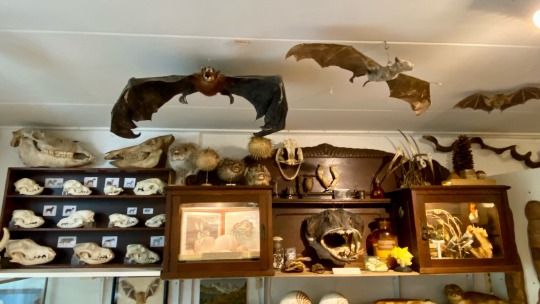
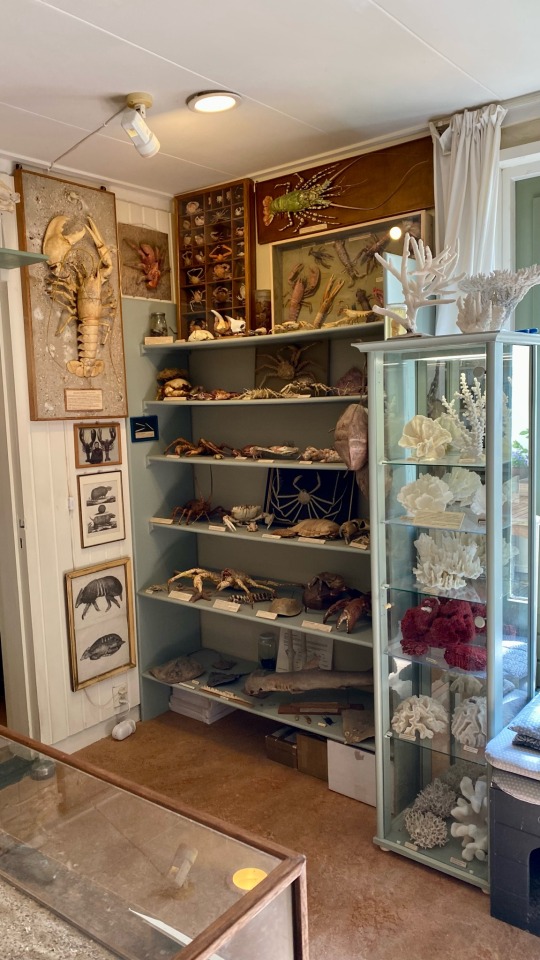

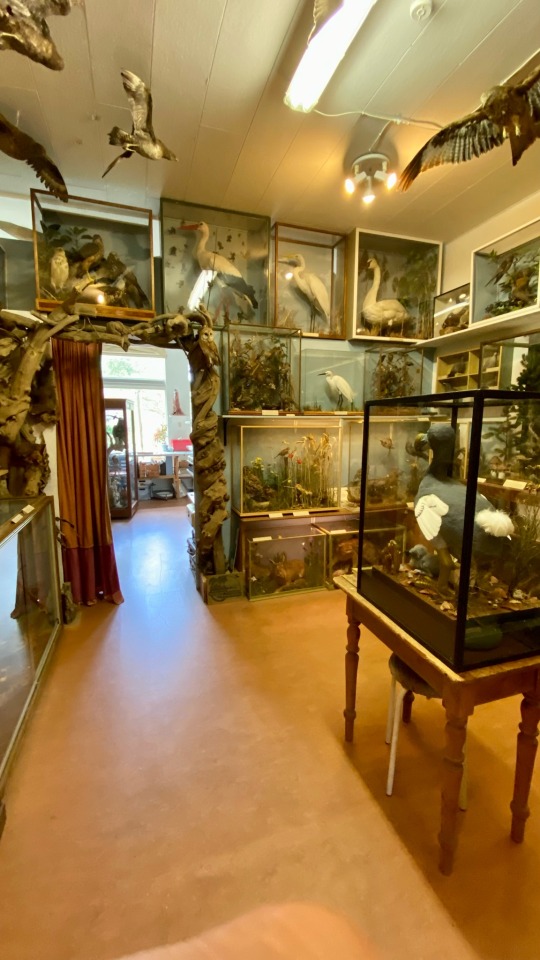
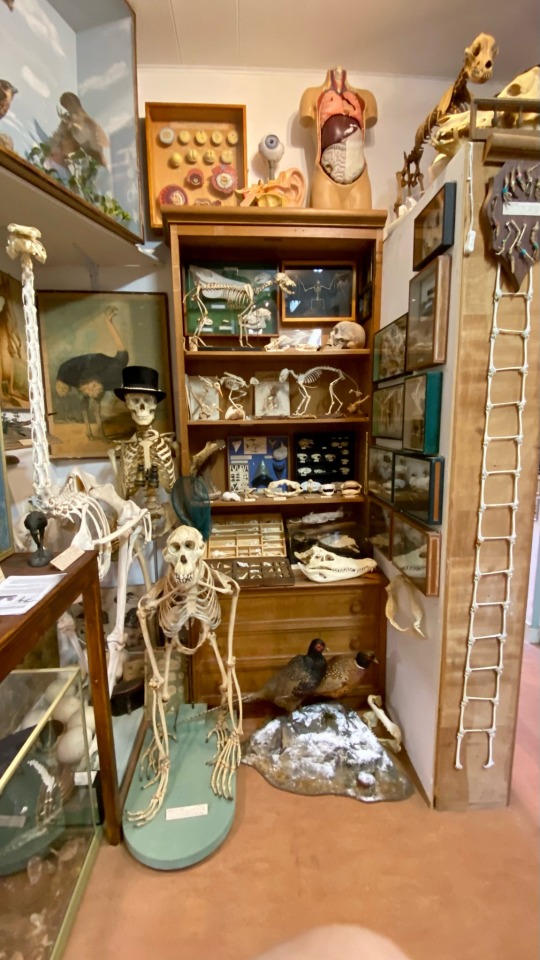
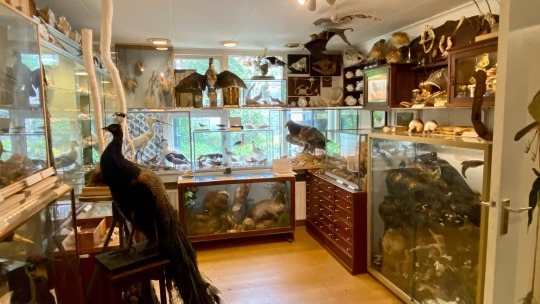
Talk about 60 years of special interest! The collector, Klaas Nanninga, does his own taxidermy, although he’s more specialised in creating displays these days. His house does not have fixed opening times, so you practically call him when in Groningen and ask if he’s around. Luckily for me he was!
#natuurmuseum groningen#klaas nanninga#this was soooooo impressive#vleermuis vakantie#it’s a bat’s life#natural history#museums#taxidermy
4K notes
·
View notes
Text
Introducing The Skull Index
Hi all! Now that we are in the early launch phase of the project I’m really excited to share the Skull Index! This is a project a team of friends (led by @birbbones ) have been working on over the last several months; our goal is to provide a high quality free to use anatomy resource. This is meant to be used by anyone from scientists to artists to students. Feel free to check out the website, and if you’d like to stay up to date on the project join our Discord!
The Discord is 18+ for privacy and safety. We hope to see it become a hub for people who are either interested in or currently work in museums, education, and the natural sciences. It is of course open to anyone interested in and enthusiastic about the topic as well. And if you’re interested in collaborating on the project as a please feel free to contact us!
The website is a work in progress though we have a goal of completing it Q1 of 2024. Over 200 mammal species have been logged so far!
1K notes
·
View notes
Text

Natural history museums hold innumerable misidentified specimens on their shelves. These specimens make their way into databases like GBIF, and muddy data that is used in global-scale analyses and other research drawing on such records. Careful verification of all specimens in a collection holding tens to hundreds of thousands of specimens would be a Herculean task that could take a dozen experts a decade. So, we often rely on spot checks.
Whilst searching our constrictor collection to see if we have any albino snakes (we don’t seem to), I came across this snake that had been identified as a Boa constrictor. It is in fact Malayopython reticulatus, a reticulated python. A quick new label and an update in our database, and I was able to move it over to the right shelf. Now it won’t muddy the waters further, and is able to be referred to by anyone interested in examining a retic.
How many more such cases are haunting our shelves of over 14 million objects? And that’s just the Natural History Museum of Denmark; there are billions of objects in similar collections globally. This is quite literally an astronomically huge problem.
#snake#animals#museum#natural history museum#natural history#NHMD#ZMUC#So many people on FB have just commented on the picture without reading the caption#it is quite funny#but also I realised this was in the wrong place by a part of the body from several metres away#not exactly sure how this error got made#but ultimately it doesn’t matter anymore
961 notes
·
View notes
Text

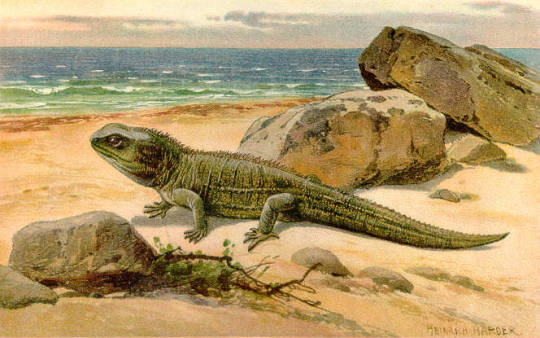

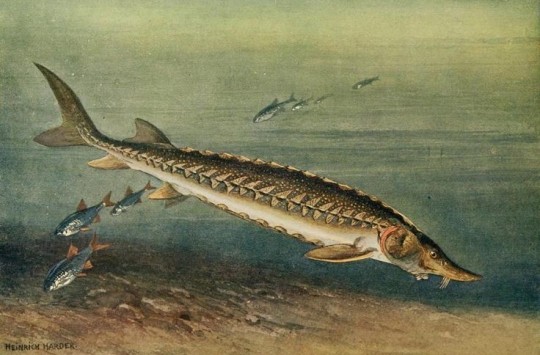

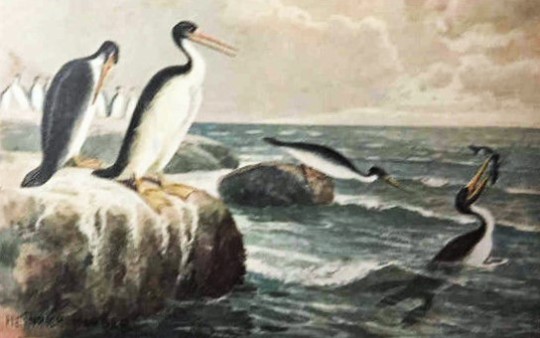
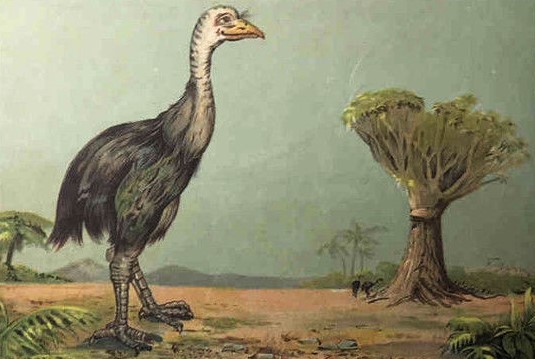
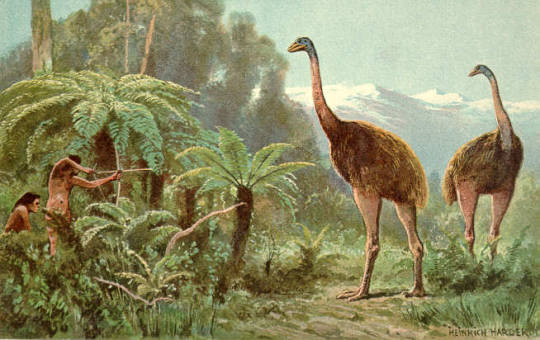
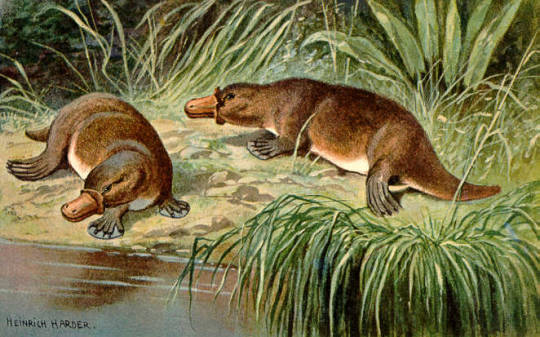


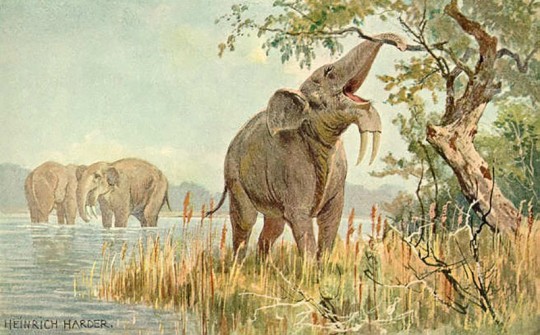

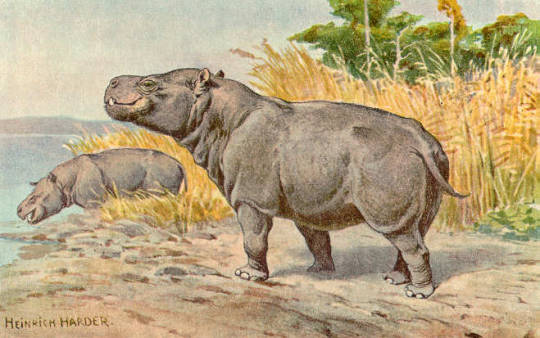
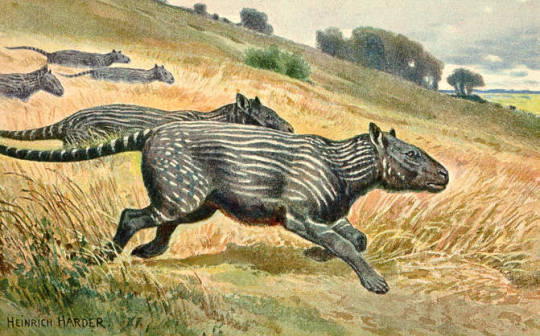
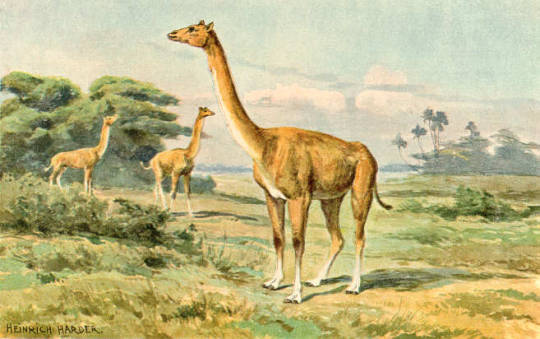
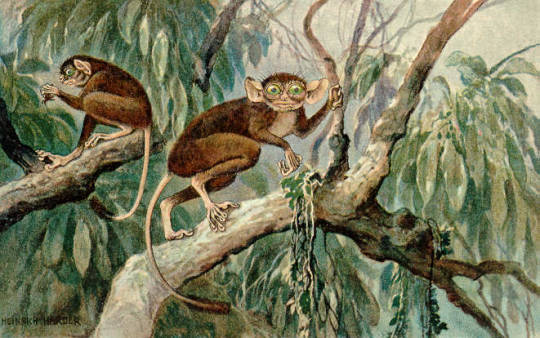
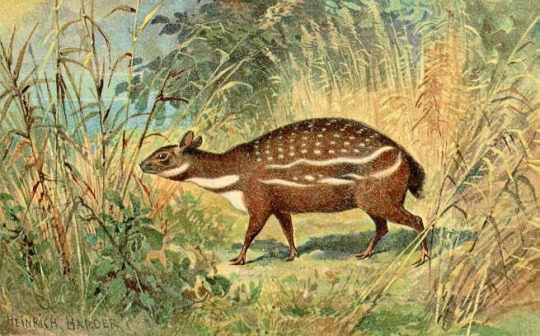




Animals of the Primeval World - art by Heinrich Harder (c. 1910)
#heinrich harder#animals of the primeval world#vintage palaeoart#vintage prehistoric art#natural history#palaeo artist#cenozoic#tertiary period#neogene period#1910s#1910
695 notes
·
View notes
Text
By studying calcifying organisms, Leanne aims to better understand the impacts of human activity on marine ecosystems. Through her research, she hopes to influence policy that helps protect marine calcifiers in the future.
“Why is this important? The idea is that the more porous the shell, the weaker it is. Mussels need strong, robust shells to protect their inner soft organs—and that strong 3D structure is important for ecosystem function as habitat formers and storm defenses.
Currently, the changes seen in shell porosity are not large enough to influence the material properties, so we aren’t seeing weaker shells just yet. But with further warming in our oceans being predicted, this could potentially lead to even more porous shells, potentially impacting mussels’ function as habitat formers and storm defenses, as well as their ability to protect themselves from predation,” Melbourne explains.
Learn more about her research here.
#science#museum#amnh#natural history#nature#marine biology#marine ecosystem#mussels#bivalve#did you know#fact of the day#research#women in stem#climate change#conservation#earth month#earth day
183 notes
·
View notes
Text



"The Eye of the Earth" (Cetina River Spring), Croatia
Ground water seeps into the deep, vast system of caves that supply the spring with a constant source of fresh water, where it flows out from the Eye of the Earth, like tears, into the Cetina River.
#nature#Cetina River Spring#eye of the earth#Croatia#river#amazing#natural wonders#travel#vacation#aesthetic#geology#landscape#landscapes#photography#natural history#gif#video#surreal#beauty-funny-trippy
1K notes
·
View notes
Text

Alexandre-Isidore Leroy de Barde A Selection of Shells Arranged on Shelves. 1803. Gouache and watercolor: 125 × 90 cm (49 × 35 in).
#natural history#art#naturecore#ocean#science#shells#beauty#19th century#watercolor#1800s#life#nature#art history#beach#decoration#sea#marine biology#alexandre isidore leroy de barde#academia#history#🎨 📚
2K notes
·
View notes
Text
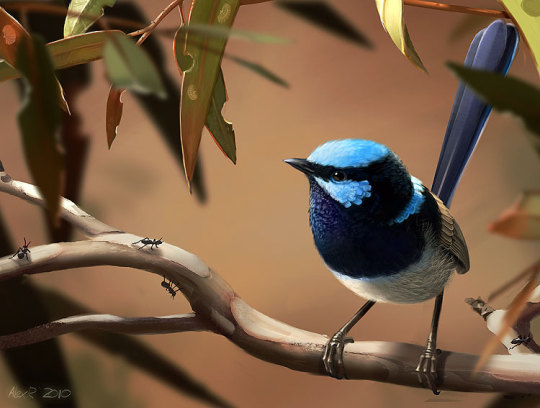
The Superb Fairy Wren, a charming little species that used to frequent the farm I grew up on. One of my earliest natural history paintings.
709 notes
·
View notes
Text
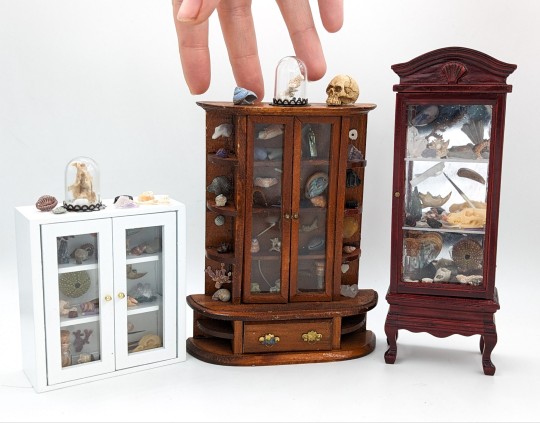

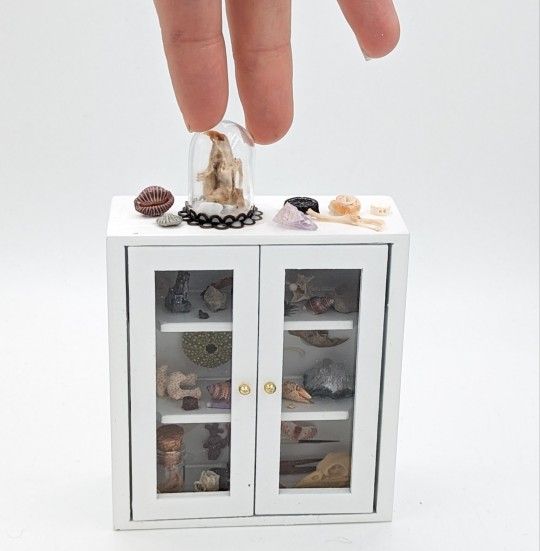
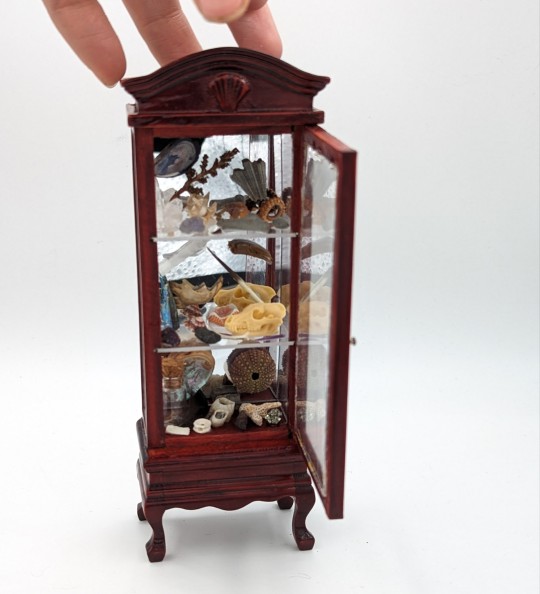
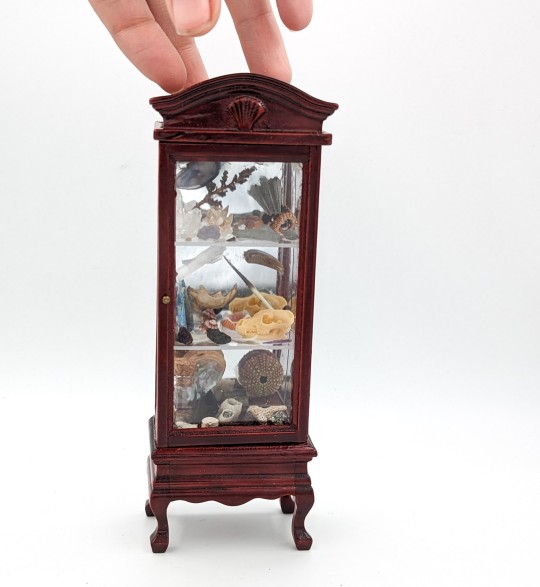


Three new dollhouse curio cabinets! I didn't make the cabinets themselves but just found and arranged the contents.
#miniature#oddities#vulture culture#cabinet of curiosities#goblincore#natural history#curio collection#curio#dollhouse miniatures#dollhouse#cabinet#curiosities
693 notes
·
View notes